Travel Photography: The Cameras
This post is part 1 of the Travel Photography series - The Cameras, Photos and Experience.
After 3 years of being locked up in Hong Kong due to the pandemic, eventually I am able to travel again. The first place I went to is the Sanyin-Sanyo region of western Japan, with notable places such as Hiroshima city, Tottori Sand Dune and Izumo Taisha.
The trip happened during the slow season on February, when tourism to Japan had only began to resume for half a year. The 10-day trips covers most of the region in the cool Winter weather, mostly on train using the JR West Railway Pass to save money.
This post will be about my choice of cameras to bring to the trip.
Since I will be moving around in trains and walk around a lot, mobility is important. This time I did not bring any luggage, just my backpack.
When deciding which cameras in my list of gears to bring, I considered the nature of photos and videos I am taking namely: food, tourist spot, plantation, landscape and mood.
My style of travel photography inclines heavily towards photo over video because editing video is many times more troublesome than editing photos.
Now let's see what camera is needed for each kind of travel photography.
Food
A phone would be best because it can be taken out and return to my pocket very quickly. Smartphones nowadays is able to shoot quality wide angle and tele photo in low-light situation, which is the case for most indoor restaurants.
I have only one phone, an OnePlus 7T, so that'd be it.
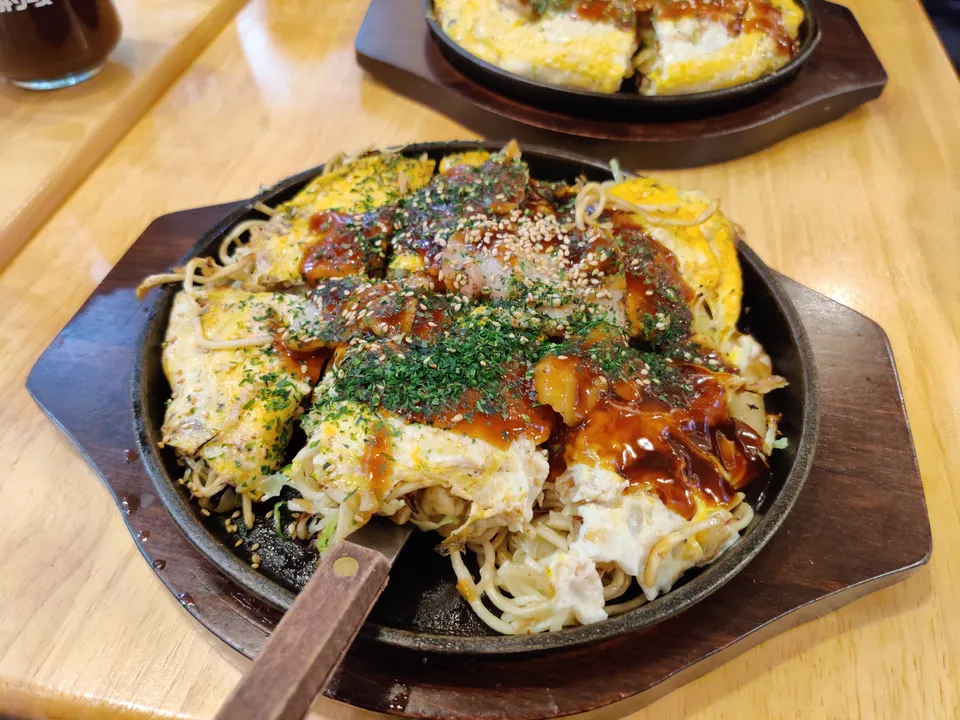
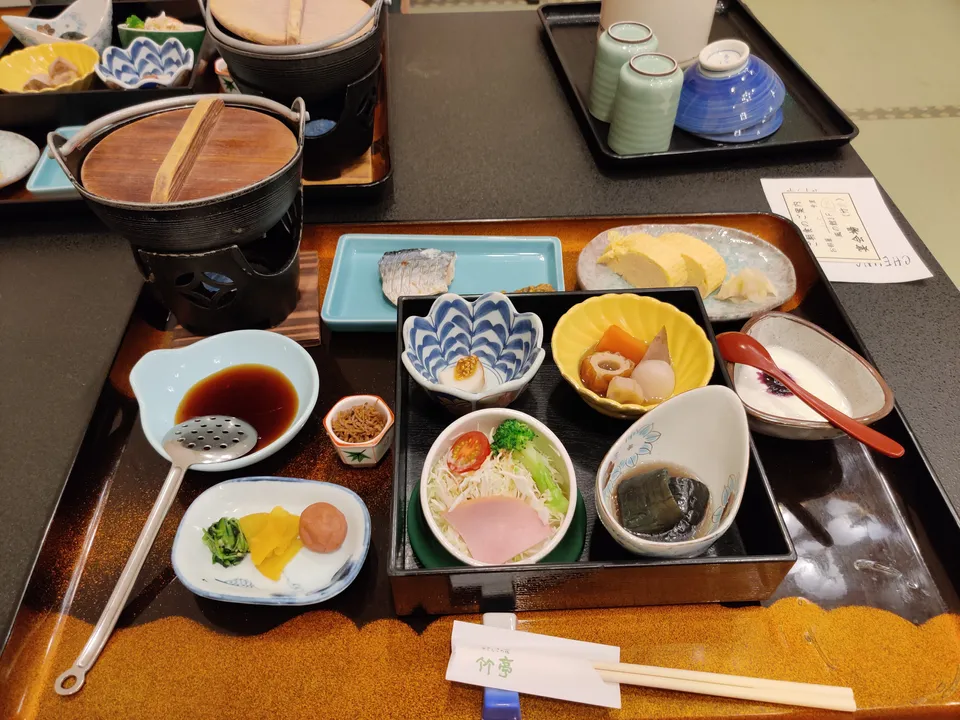
Tourist spot
A tourist spot generally is packed with people. The lighting condition is dynamic and it takes many tries to get both the "tourist shots" and the "hidden gem shots". A digital camera equipped with a lens having a reasonably wide zoom range is best for this situation. Wide angle to capture the overall context of the scene and tele to focus on the details and avoiding the crowd. Bonus point for having extra sensor real estate to capture HDR and panorama.
Whenever digital camera is required, it'll have to be my Fujifilm XT-20 or Minolta Alpha Sweet Digital. Considering the portability, versatility and image quality, XT-20 undoubtedly wins.
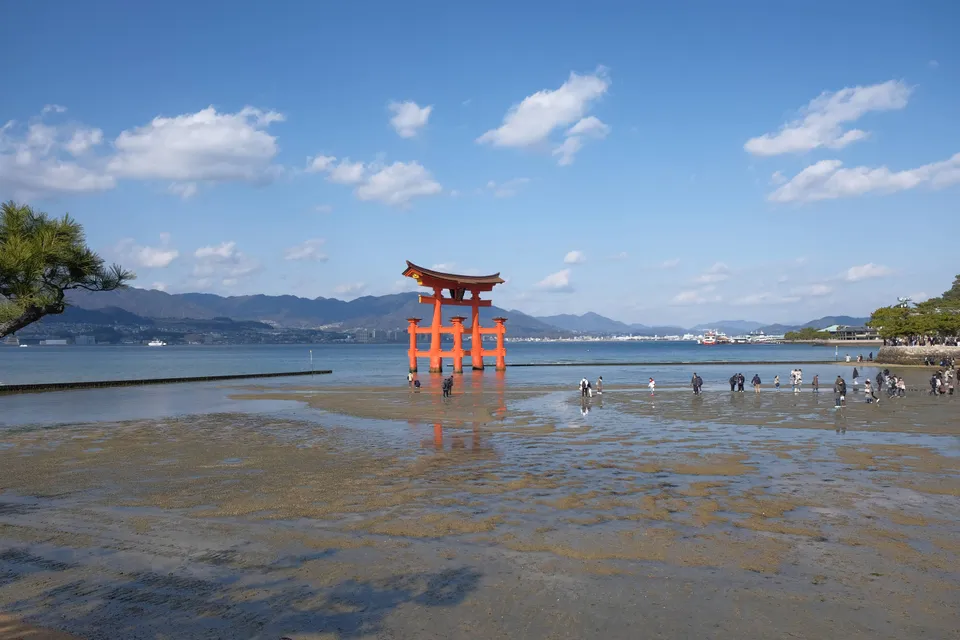
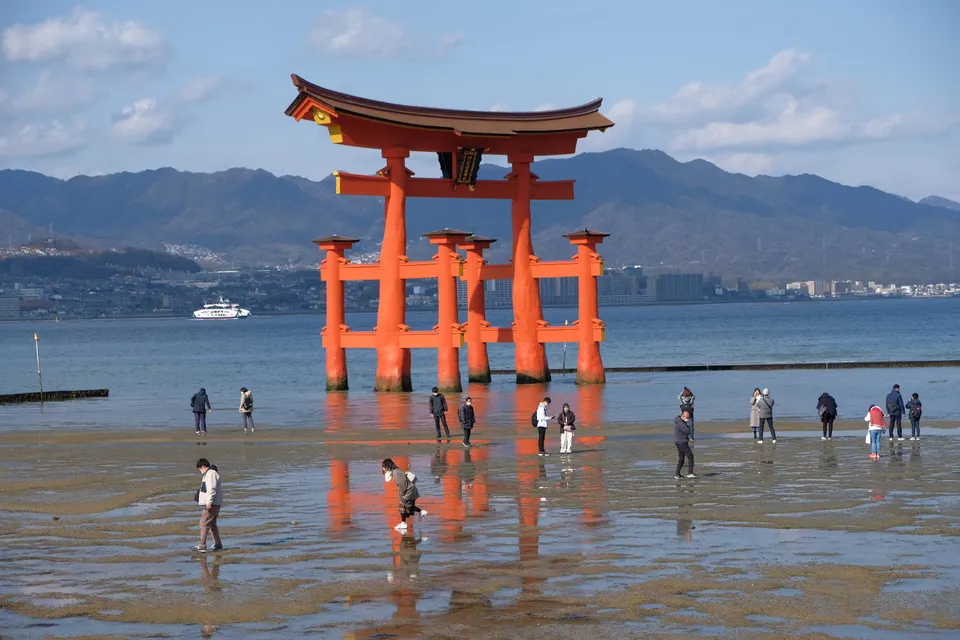
With the advance of technology, it's now possible to capture 360 photos with ease with consumer grade product. For tourist spot, 360 photos can recreate the feeling of presence more realistically.
I brought along my Insta360 One X2 with little expectation of capturing anything of a tourist spot useful. Again, I am primarily a photo person instead of a video person.
Plantation
While a phone may work for capture the beautiful seasonal flora, there's too much post-processing done automatically by the phone that hinders later manual post-processing. In most situation, a digital camera with sufficient zoom and macro capability is handy in capturing the typical configuration of the plantations. RAW file captured helps to recover lighting and color details in post-processing as well.
Again Fujifilm XT-20 wins this department with significant margin. If it wasn't for my concern over dust pollution to the sensor, I would have chosen to bring along Voigtlander Nokton 40mm f/1.2 lens as well, which performs better with macro and overall image quality.
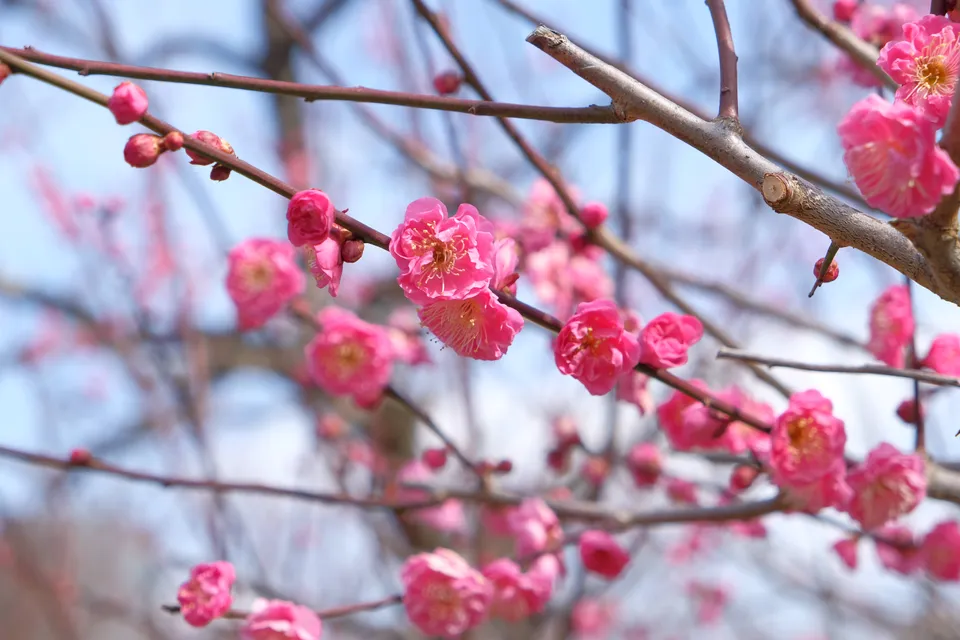
Landscape
While medium/large format film/digital camera are best for the job, they are too bulky for backpack travel and I doubt I will pay the hefty sum to my lab to scan my medium format film at high resolution. Second best option thus was my digital camera. During sunrise/sunset, the ability to shoot bracketed shots for later HDR stitching is important. For panorama, I welcome the ability to shoot RAWs for highly dynamic scene as well.
The Fujinon XF 18-55mm f/2.8-4 is a suboptimal solution as the long end of the lens at 82.5mm full-frame equivalent is still a bit short for landscape. Anything 150mm or above would be ideal, yet I am not yet committed to purchase one of the X mount lenses with wider zoom range before this trip.
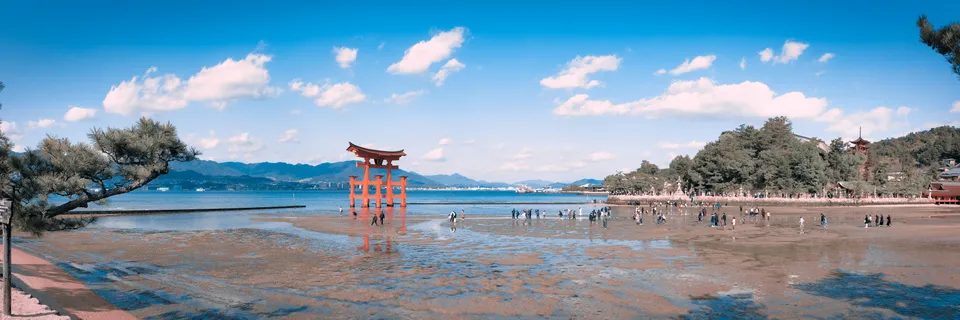
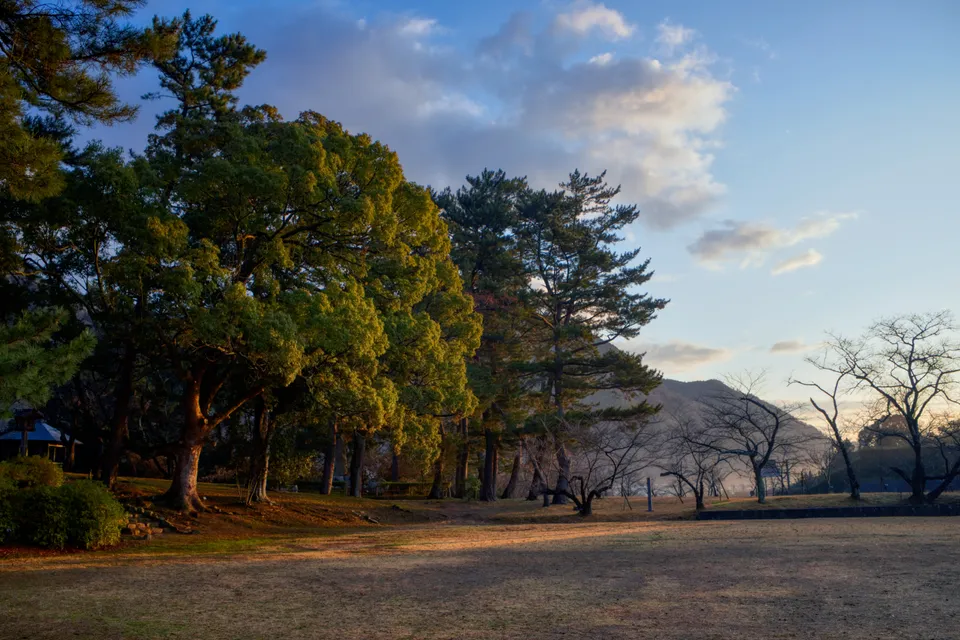
Mood
All the types of photo above are for chasing after social recognitions after the trip. Mood photos however, in my own definition, something personal, something to remember the trip by, and is not meant to be shared.
I believe to capture mood, one should not be spamming shots like there's no tomorrow, and a shot would be a byproduct of an emotion invoked by an experience or upon seeing something touching.
As such, I chose to bring along a care-free film camera with 6 rolls of film. I can't be spending too much time metering and focusing, so only automatic film cameras were considered. Out of which, only the Olympus Mju and Olympus XA2 have the flash usable for indoor experience, and XA2 won because it disallows zoom, making it more care-free than the Mju.
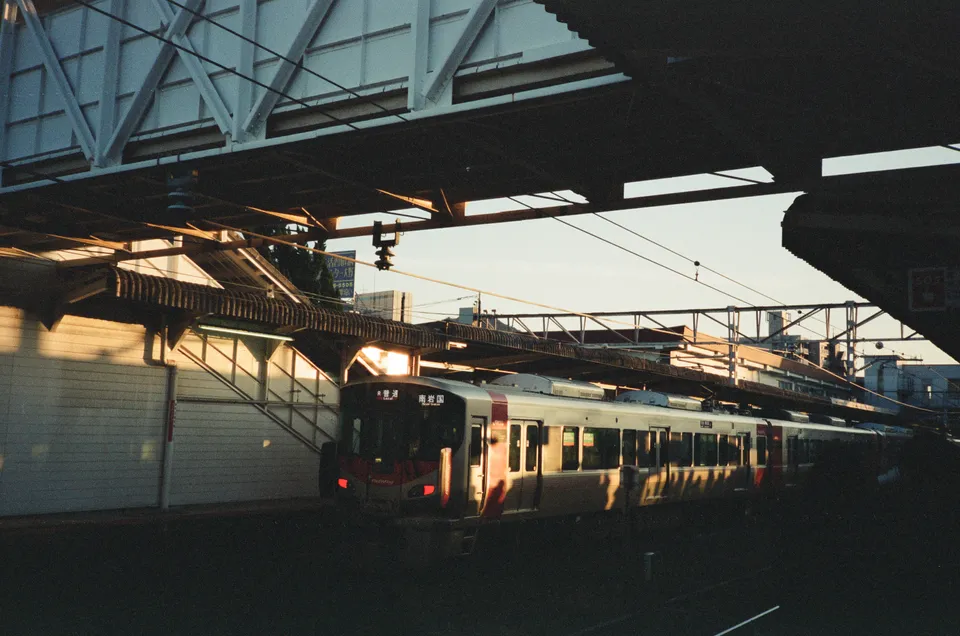
Eventually, my choice of gears include:
- Fujifilm XT-20 + Fujinon 18-55mm f/2.8-4
- Olympus XA2 + A11 Flash
- OnePlus 7T
- Insta360 One X2 + Tripod stick
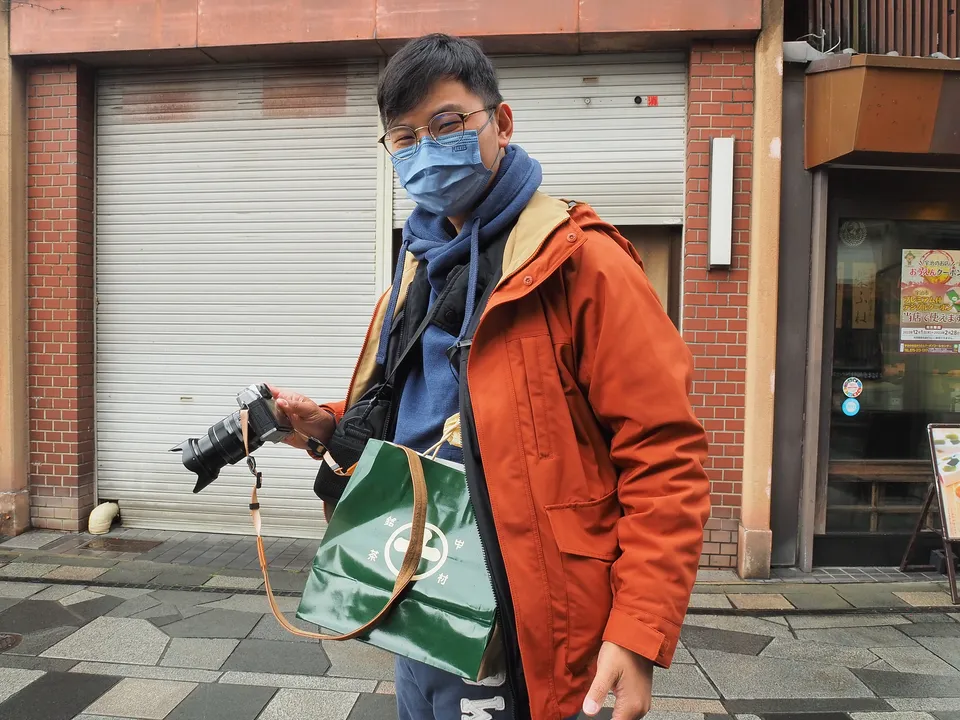
I looked very suspicious.
| Location | Gear |
|---|---|
| Outer jacket | Olympus XA2 |
| Camera bag | Fujifilm XT-20 |
| Inner jacket | Insta360 One X2 |
| Pant pocket | OnePlus 7T |
In the next post, I will be talking about the photos taken during the trip. At the end, I realized that there was quite a variety of photos that can be taken with the above gears.